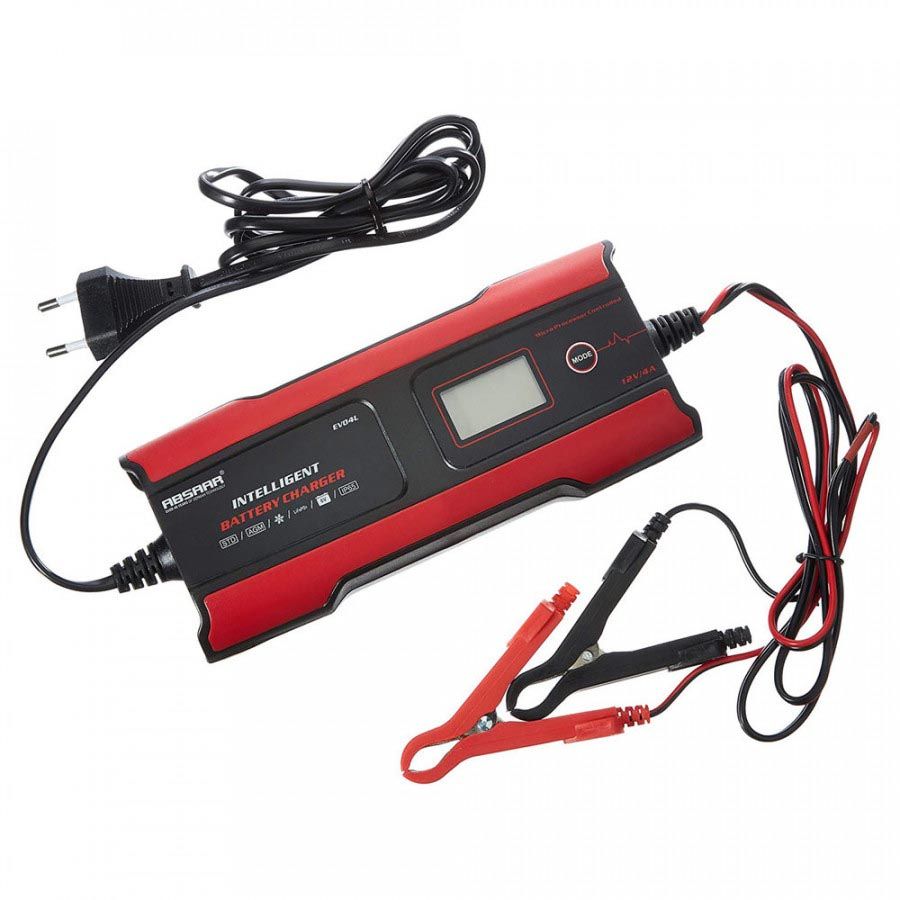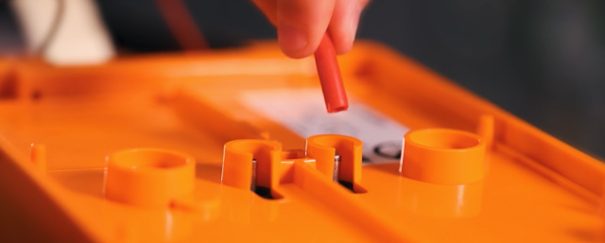
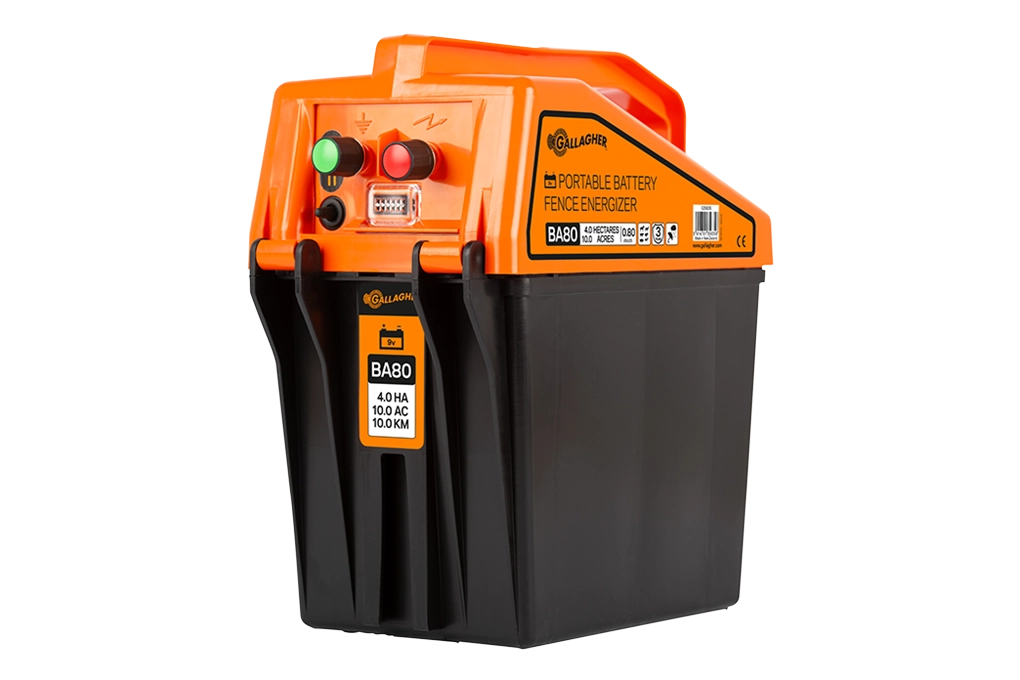
Devices powered by 9V battery:
For devices powered by 9V batteries, follow these steps to store them correctly:
1. Switch off the energiser.
2. Disconnect the 9V battery from the device.
3. Store the battery in a dry place at a constant temperature of about 18 degrees Celsius.
Devices with rechargeable battery:
1. Switch off the energiser.
2. Disconnect the rechargeable battery from the device.
3. Fully charge the battery pack.
4. Store the charged battery in a dry place at a constant temperature of about 18 degrees Celsius. Using a trickle charger is ideal for long-term
5. Before using the device again, fully charge the battery again.
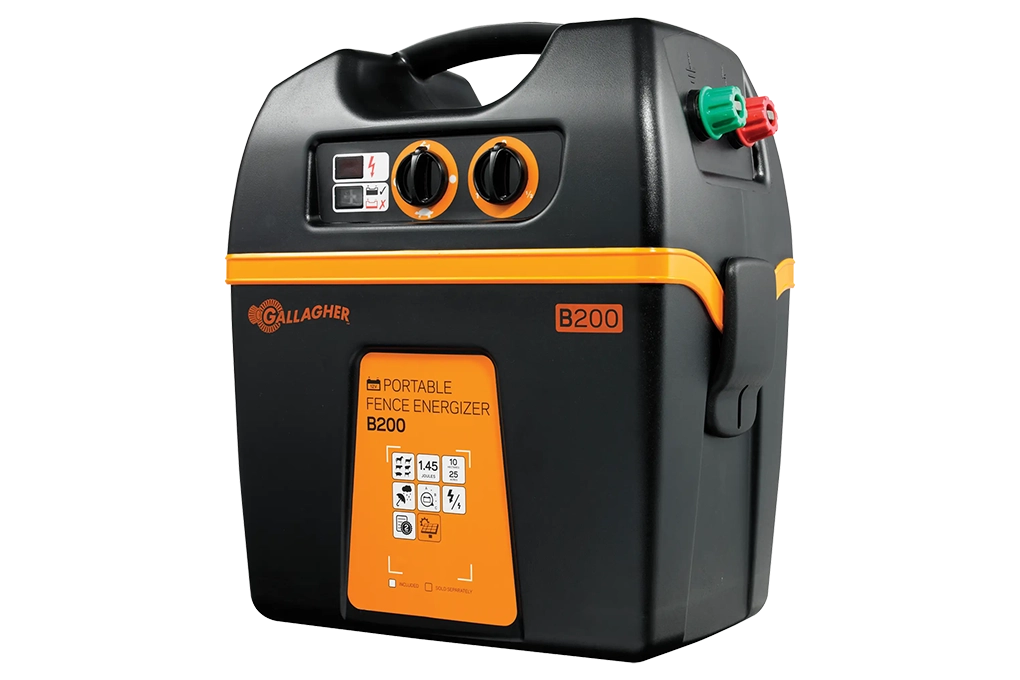
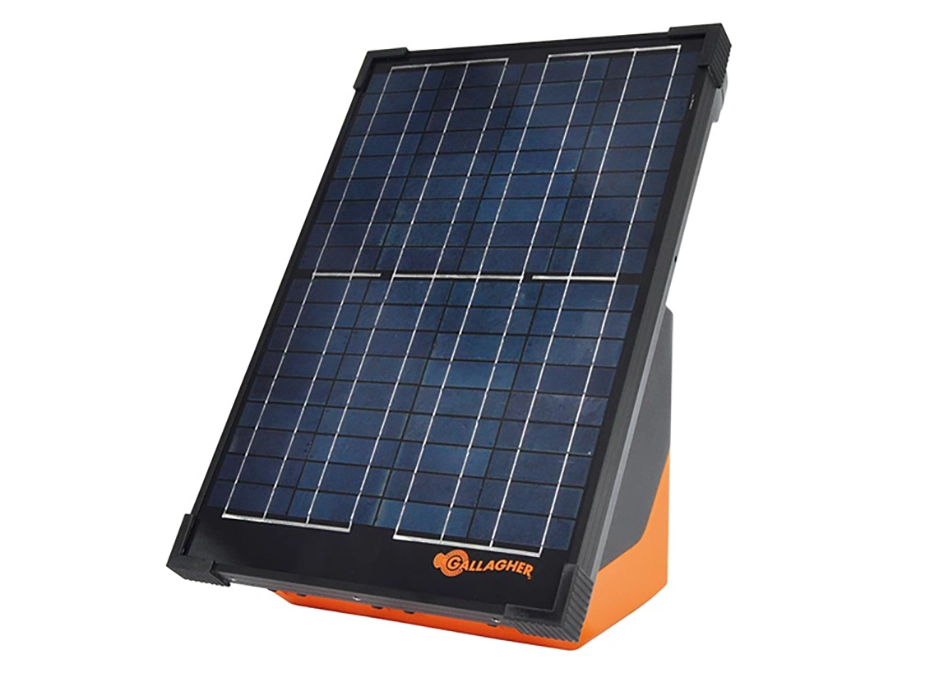
Normal solar-powered devices:
1. Switch off the energiser.
2. Leave the battery connected to the device.
3. Place the device in daylight for at least 3 days with the solar panel facing south to charge the battery.
4. Open the device and disconnect the battery.
5. Store the disconnected battery in a dry place at a constant temperature of about 18 degrees Celsius. Connecting to a trickle charger is ideal, or repeat charging in daylight after about three months.
6. When you want to use the device again after storage, connect the battery and switch on the device for 10 to 15 seconds. Then switch off and place the device in daylight for 3 days, with the setting OFF.
Solar-powered Lithium devices:
For specific Lithium models such as the Gallagher S6 Lithium, S12 Lithium, S20 Lithium and S30 Lithium that feature internal non-removable lithium battery, follow these steps:
1. Switch off the energiser.
2. Place the device in daylight for at least 3 days with the solar panel facing south.
3. Store the device in a dark and dry place at a constant temperature of about 18 degrees Celsius. Cover the solar panel or lay the device upside down to avoid any unexpected light falling on it.
4. When you want to use the device again after storage or if it has not been used for more than 3 months, switch it on for 10-15 seconds. Then switch it off and place it in daylight for 3 days with the setting OFF.
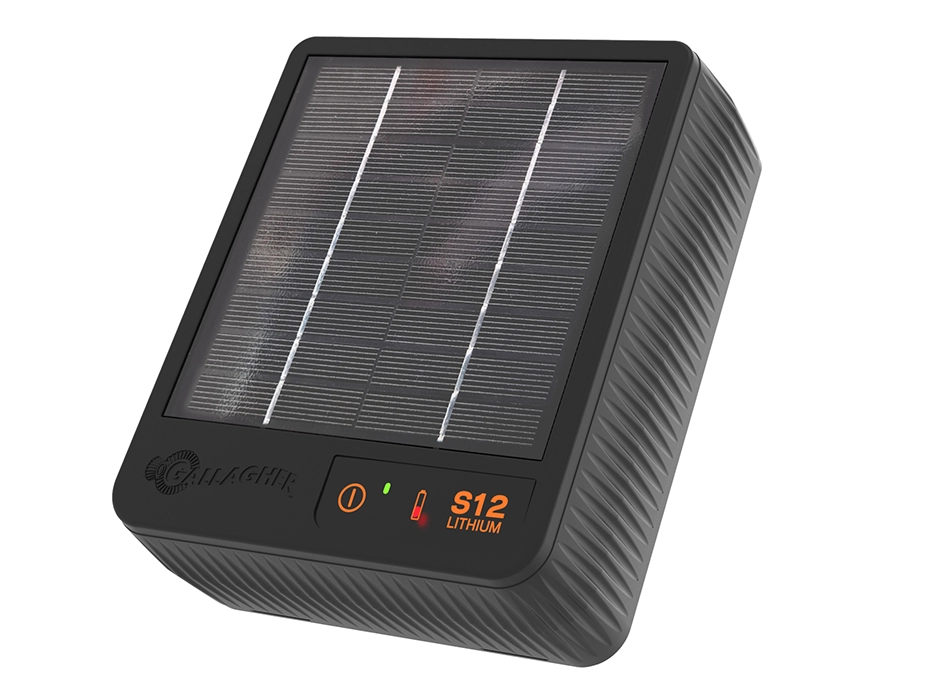
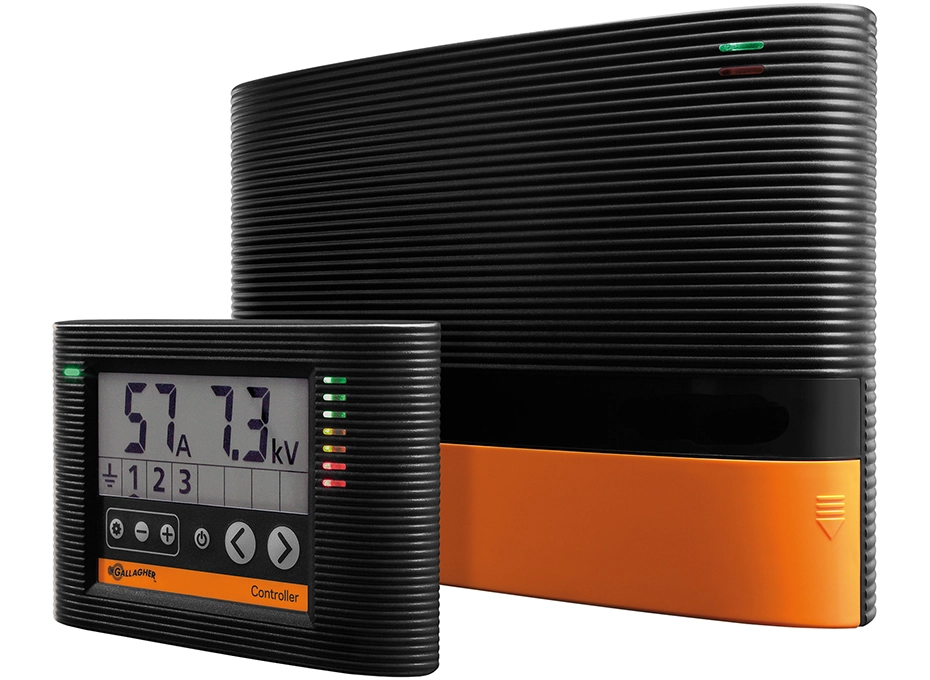
Apparatus running on mains power:
For mains-powered energisers, it is recommended to leave them switched on during the winter. These devices are designed for continuous use and do not require special storage procedures when connected to mains power.
No more worrying with a good trickle charger
Smart trickle chargers, such as this ABSAAR PRO 4.0, offer a controlled charging process, keeping the battery at the right voltage and preventing overcharging. Such a charger can also be used to charge the battery. The energy consumption of a trickle charger is low and therefore it can always be connected. Because the battery will last a lot longer with a trickle charger, the investment in this can quickly pay off. In addition, for solar energisers, for example, it is not necessary to leave them in the sun for 3 days in the OFF stand at the end of the season to charge the battery, as the trickle charger does this.
